What Does “Certified Organic” Mean When Talking About Essential Oils
Lets Talk About Certified Organic Essential Oils
All around, the words “certified organic” are always used—for food, cosmetics, as well as for aromatherapy. You may have assumed that organic means it was made with all-natural products. But there’s more to the label than you think. Learn what “certified organic” truly means for the essential oils that you buy.
What Does “Organic” Really Mean?
The US Department of Agriculture (USDA) regulates organic standards and the use of the label “organic.” According to the USDA, “organic” is a label that indicates that the food or an agricultural product was produced through methods approved by the USDA. This spans from crop production to handling.
To summarize the standards, the crop production should not involve prohibited substances, genetic engineering, ionizing radiation, and sewage sludge. Instead, biological, cultural, and mechanical practices that promote the cycling of resources and ecological diversity should be used. Products labeled as “organic” with the USDA seal must have 95% certified organic content. Products with at least 70% certified organic content may be labeled as “made with 70% organic ingredients” but cannot carry the USDA seal.
How Does Essential Oil Qualify As Organic?
Since essential oils are not agricultural products, they are not directly regulated by the USDA. The US Food & Drug Administration (FDA) regulates them, but in turn, does not regulate the term “organic.” So, how come some essential oils are labeled as “certified organic”?
Essential oils are considered as both cosmetics and drugs. Cosmetic products containing or made up of agricultural products may be labeled as “organic” when the ingredients meet the USDA’s standards. In short, the label of “organic” for essential oils depends on whether the plants they were extracted from were produced following USDA standards for organic products.
Does “Certified Organic” Matter For Essential Oils?
The USDA’s main concern before certifying a product as “organic” is whether illegal substances, such as pesticides, were used during crop production. The use of pesticides and other “illegal substances” during the production of the plants used to produce essential oils is worth considering because trace amounts of pesticides could get into essential oils even after the distillation or cold-press.
For essential oils, the “certified organic” label not only signals that the plants used were produced using natural and sustainable methods, but it is also a signal of the essential oil’s purity. When an essential oil is labeled organic, you can guarantee that no harmful substance was used during production, and therefore, there is no risk of such substances getting into your essential oil. You know that the essential oil is pure essential oil.
There is a notion that “organic” labels mean that the product is safe. This is not 100% true because, as the USDA explains, even natural and organic products can be unsafe, especially when not used correctly. Essential oils are a primary example of this. Essential oils are natural products and can be labeled as “organic,” as discussed, but they can still irritate the skin when applied directly and are not safe to be digested. Thus, the main importance of the “certified organic” label for essential oils is that it guarantees purity. Safety practices should still be followed.
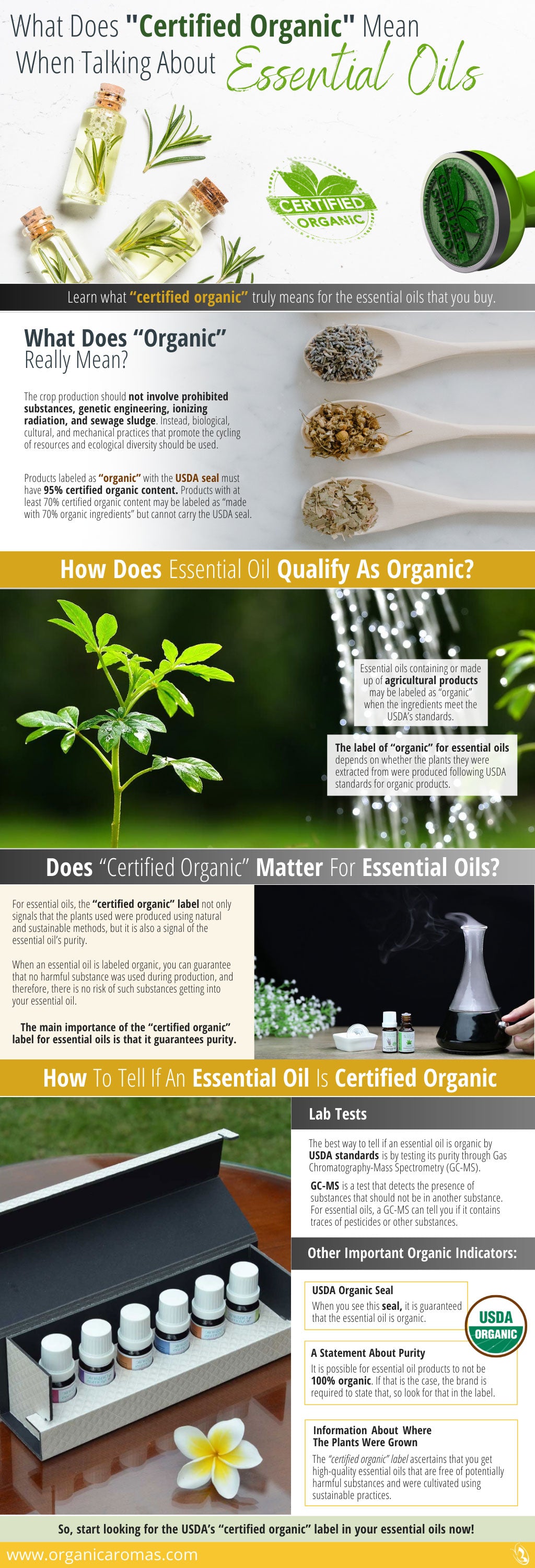
How To Tell If An Essential Oil Is Certified Organic
Unfortunately, organic is a label that is often abused in marketing various products. Naturally, you would want to buy the best quality of organic essential oils available. How can you, a consumer, tell if an essential oil product is truly certified organic?
Lab Tests
The best way to tell if an essential oil is organic by USDA standards is by testing its purity through Gas Chromatography-Mass Spectrometry (GC-MS). GC-MS is a test that detects the presence of substances that should not be in another substance. For essential oils, a GC-MS can tell you if it contains traces of pesticides or other substances.
Although the GC-MS is a good indicator of an essential oil’s purity, you will need a good grasp of chemistry to understand the lab results. Furthermore, the results may not always be available to the public.
Other Important Organic Indicators:
As was discussed, the USDA organic seal can only be used on products that met the USDA’s organic standards. When you see this seal, it is guaranteed that the essential oil is organic.
A Statement About Purity
It is possible for essential oil products to not be 100% organic. If that is the case, the brand is required to state that, so look for that in the label.
Information About Where The Plants Were Grown
Providing information about where the plants were grown does not guarantee that the essential oil is organic, however, it does tell you about a brand’s dedication to transparency and high quality.
The “certified organic” label ascertains that you get high-quality essential oils that are free of potentially harmful substances and were cultivated using sustainable practices. So, start looking for the USDA’s “certified organic” label in your essential oils now!
Pin It!

-
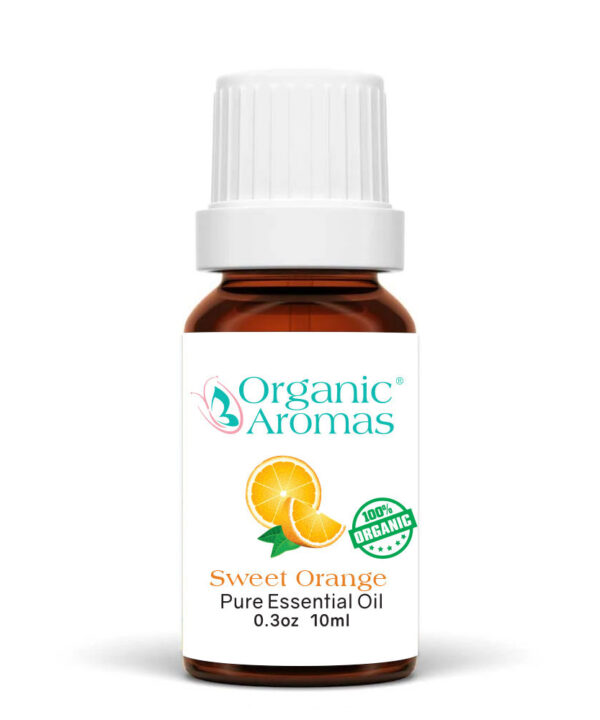
Sweet Orange Essential Oil 100% Pure Organic
Price range: $15.00 through $50.00 — or subscribe to save up to 25%Select options This product has multiple variants. The options may be chosen on the product page -
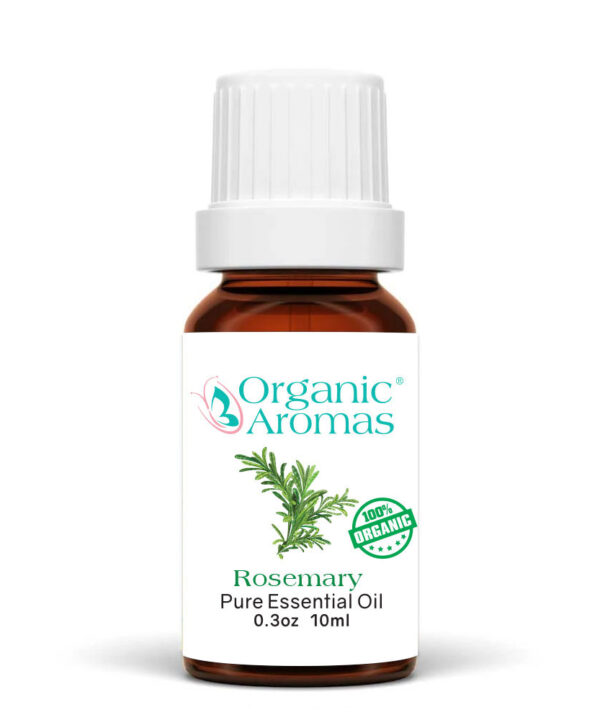
Rosemary Essential Oil 100% Pure Organic
Price range: $15.00 through $50.00 — or subscribe to save 30%Select options This product has multiple variants. The options may be chosen on the product page -
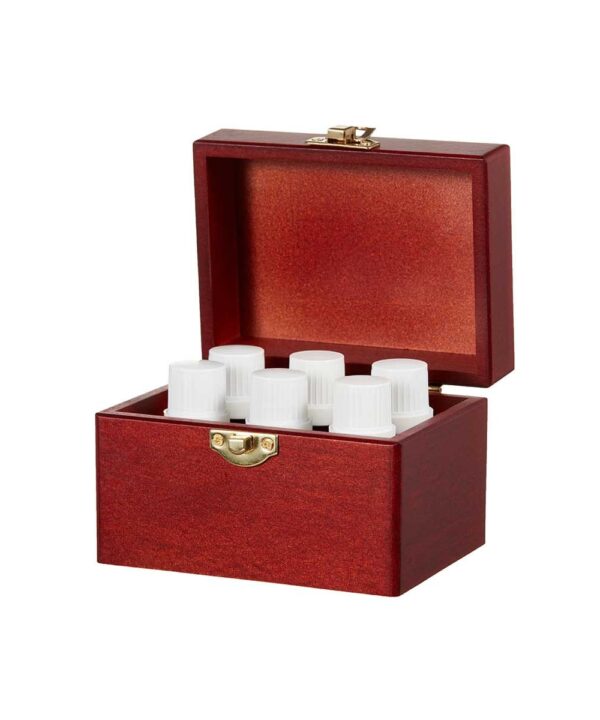
-
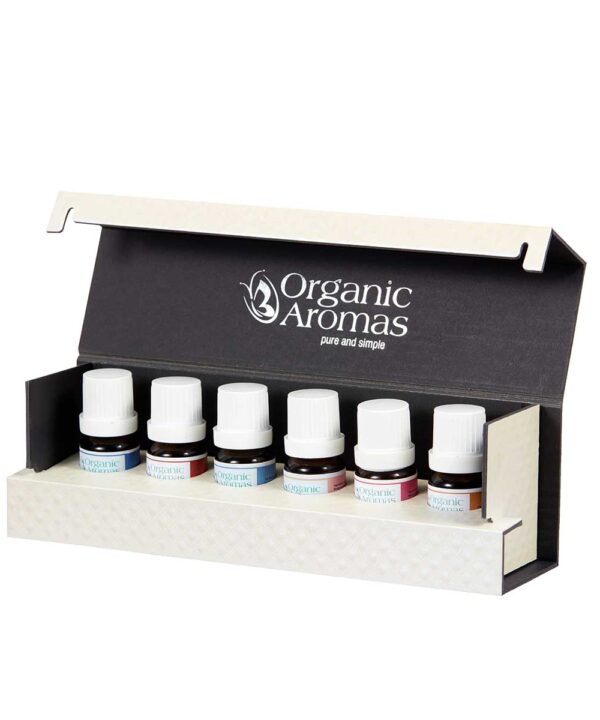

I had no idea organic was so complicated when it comes to essential oils. Great information.
It means they are pure and free of toxic chemicals
Wow I had no idea! Organic is better in so many ways! Thanks so much for the info!
Nice reminder!
Very good!
Thanks for clarifying this! I did not know essential oils were not regulated by the USDA.
Interesting. I always wondered what it meant to be organic.
clean products no toxic chemicals
I think it’s really important to know
Didn’t know there was Organic
INTERESTING…never heard of organic oils. My wife will be getting some of these from Santa
For something to be approved by the fda as well as millions of people and have successful feedback, that really says a lot about the company/brand. Plus, they smell terrific!
Fantastic information! You explained it very well!
When I think organic I think of food did not know about oils
Awesome post. Thank you.
interesting
thank you, i didn’t know about this!
Very informative!
I love this so much. Thank you!
This information is quite helpful and I realize I haven’t been buying the best essential oils for myself. I need to pay attention to labels more apparently.
Love essential oils
great reminder to check labels very carefully! thank you
I would only use organic oils because they are safe and healthy.
Thank you for sharing this, very informative!
i love everything about this
Great to hear that it is fully organic!
Great information, great to know that the USDA organic seal can only be used on products that met the USDA’s organic standards.
I didn’t know MOST of this information, but I’m glad I do now. Great standard to purchase oils in the future.
It’s good to know why this label is meaningful for essential oils.
The more I learn about essential oils the more I realize just how much I need to learn. As in what’s it mean to organic. And all the ways to use them, how to use them and how not to use them. I find all of this exciting and that you need to learn what you can if you’re serious about the benefits.
This is a very informative article
Great info
Wow, I didn’t know half of the things in this blog post.
I don’t care about certification as long as it is useful
So much I thought I knew but didn’t, thanks for the informative information it was a good read!!!
I always try to get the cleanest possible essential oils, but this really helped me know what I’m getting!
Ty for sharing this
I picked up on some great information, thanks for sharing.
I am so glad I took the time to read this!
This is great information
thank you for this. organic is trending so it’s hard to find good products and understand the labels!
Good information. From now on, organic oils only!
No harmful ingredients
I learned it was made with sustainable products.
Thanks for the info
Very good points. I typically just look for the work organic – will definitely look for the seal of approval from now on